Refine search
Actions for selected content:
3388197 results
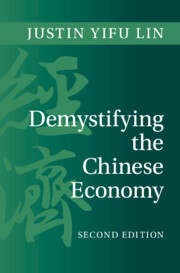
Demystifying the Chinese Economy
- Coming soon
-
- Expected online publication date:
- November 2025
- Print publication:
- 30 November 2025
-
- Book
- Export citation
Sex and Sexuality in the Ancient Near East
- Coming soon
-
- Expected online publication date:
- November 2025
- Print publication:
- 31 January 2026
-
- Element
- Export citation
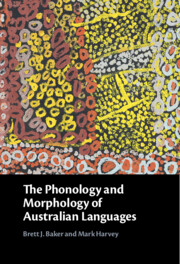
The Phonology and Morphology of Australian Languages
- Coming soon
-
- Expected online publication date:
- November 2025
- Print publication:
- 30 November 2025
-
- Book
- Export citation

Marketing Channel Management
- Organization and Coordination
- Coming soon
-
- Expected online publication date:
- November 2025
- Print publication:
- 30 November 2025
-
- Textbook
- Export citation
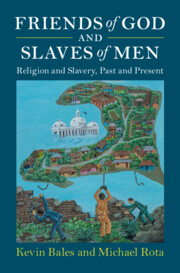
Friends of God and Slaves of Men
- Religion and Slavery, Past and Present
- Coming soon
-
- Expected online publication date:
- November 2025
- Print publication:
- 30 November 2025
-
- Book
- Export citation
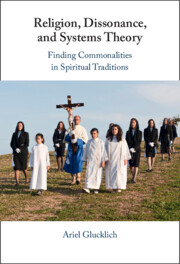
Religion, Dissonance, and Systems Theory
- Comparing Spiritual Traditions
- Coming soon
-
- Expected online publication date:
- November 2025
- Print publication:
- 30 November 2025
-
- Book
- Export citation

American Narrative Realism
- The Novel, Film, Television, and Theater
- Coming soon
-
- Expected online publication date:
- November 2025
- Print publication:
- 30 November 2025
-
- Book
- Export citation

Beckett and Leopardi
- Coming soon
-
- Expected online publication date:
- November 2025
- Print publication:
- 30 November 2025
-
- Element
- Export citation

Eyes and Ears
- Secret Agent Work in Cold War China
- Coming soon
-
- Expected online publication date:
- November 2025
- Print publication:
- 30 November 2025
-
- Book
- Export citation
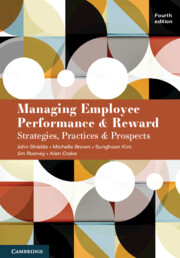
Managing Employee Performance and Reward
- Strategies, Practices and Prospects
- Coming soon
-
- Expected online publication date:
- November 2025
- Print publication:
- 30 November 2025
-
- Textbook
- Export citation

Hegel and Spinoza
- Coming soon
-
- Expected online publication date:
- November 2025
- Print publication:
- 30 November 2025
-
- Element
- Export citation

The Joy of Love in the Middle Ages
- A European Literary History
- Coming soon
-
- Expected online publication date:
- November 2025
- Print publication:
- 30 November 2025
-
- Book
- Export citation

Translating His-stories
- Coming soon
-
- Expected online publication date:
- November 2025
- Print publication:
- 30 November 2025
-
- Element
- Export citation

Socialist De-Colony
- Black and Soviet Entanglements in Ghana's Cold War
- Coming soon
-
- Expected online publication date:
- November 2025
- Print publication:
- 30 November 2025
-
- Book
- Export citation
Restoration Acting and Other Business
- The Lives of Henry Harris
- Coming soon
-
- Expected online publication date:
- November 2025
- Print publication:
- 30 November 2025
-
- Element
- Export citation
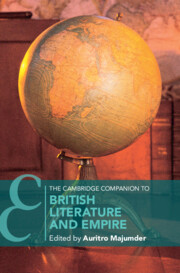
The Cambridge Companion to British Literature and Empire
- Coming soon
-
- Expected online publication date:
- November 2025
- Print publication:
- 30 November 2025
-
- Book
- Export citation
The Hindu/Presidency College
- Excellence and Exclusion
- Coming soon
-
- Expected online publication date:
- November 2025
- Print publication:
- 01 April 2027
-
- Book
- Export citation
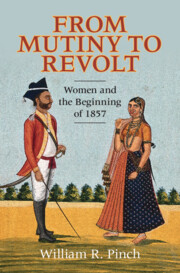
From Mutiny to Revolt
- Women and the Beginning of 1857
- Coming soon
-
- Expected online publication date:
- November 2025
- Print publication:
- 30 November 2025
-
- Book
- Export citation
Becoming Allies
- Civil Rights Activism in India
- Coming soon
-
- Expected online publication date:
- November 2025
- Print publication:
- 28 February 2026
-
- Book
- Export citation
The Cambridge Companion to Indian Politics and Society
- Coming soon
-
- Expected online publication date:
- November 2025
- Print publication:
- 01 April 2027
-
- Book
- Export citation
